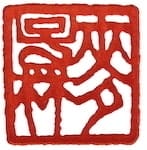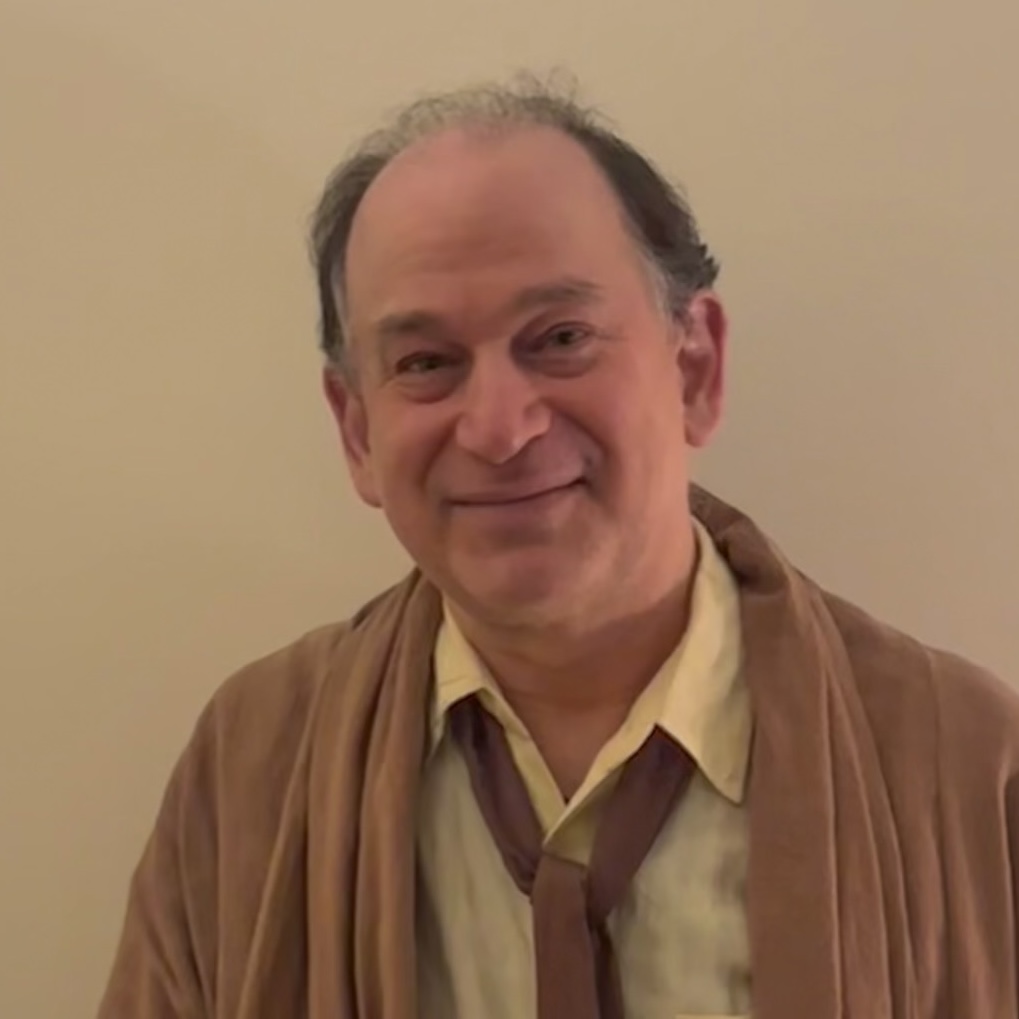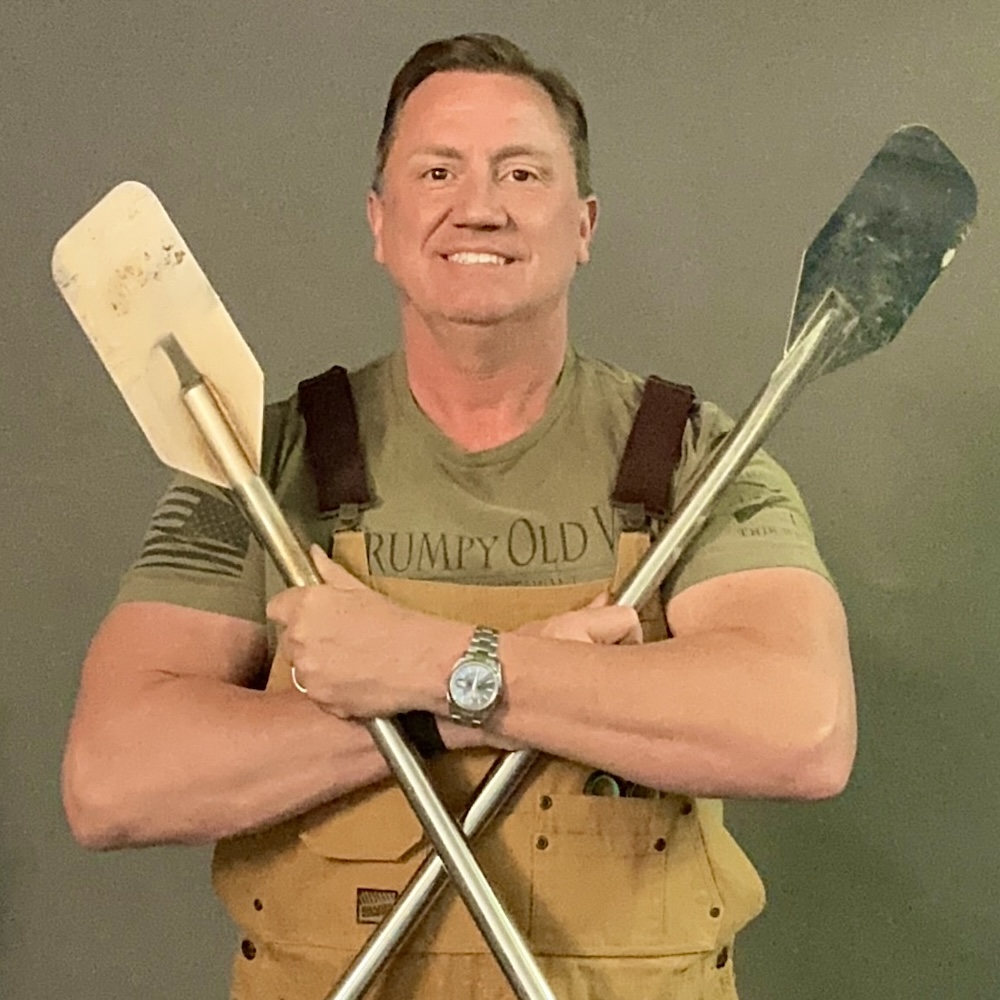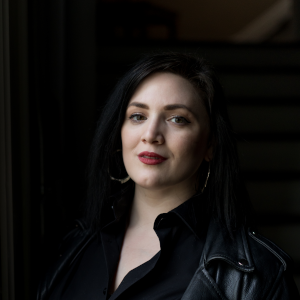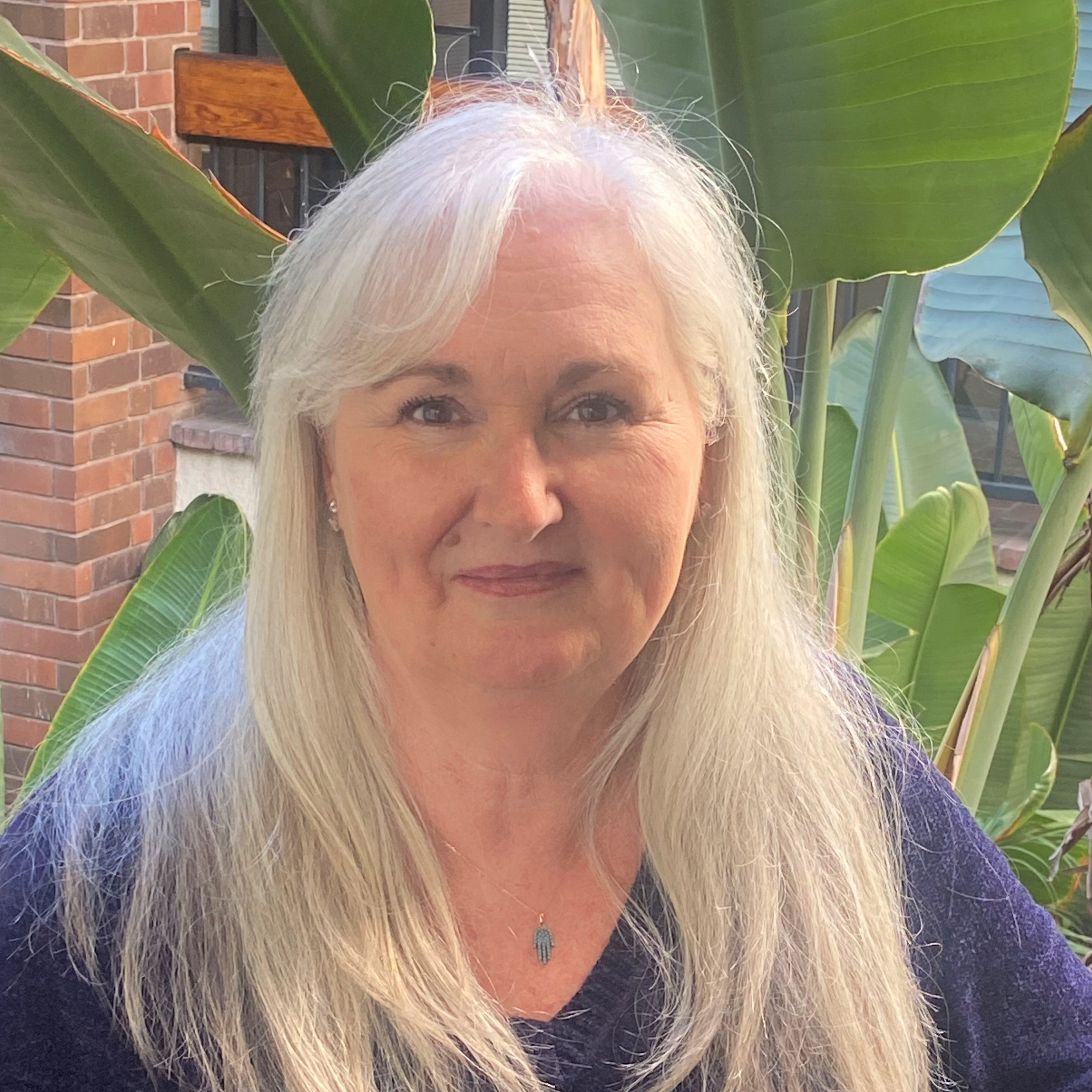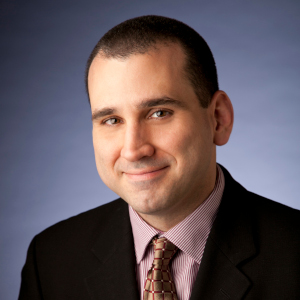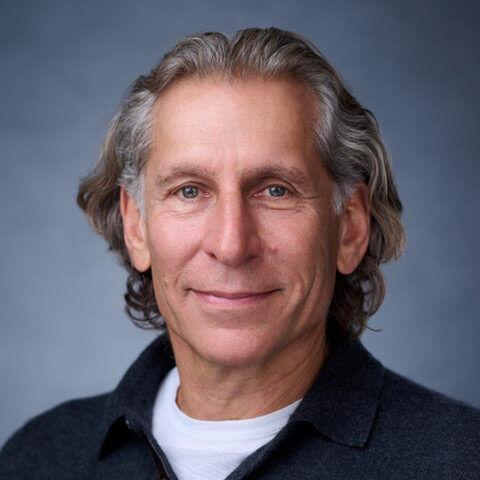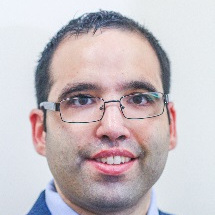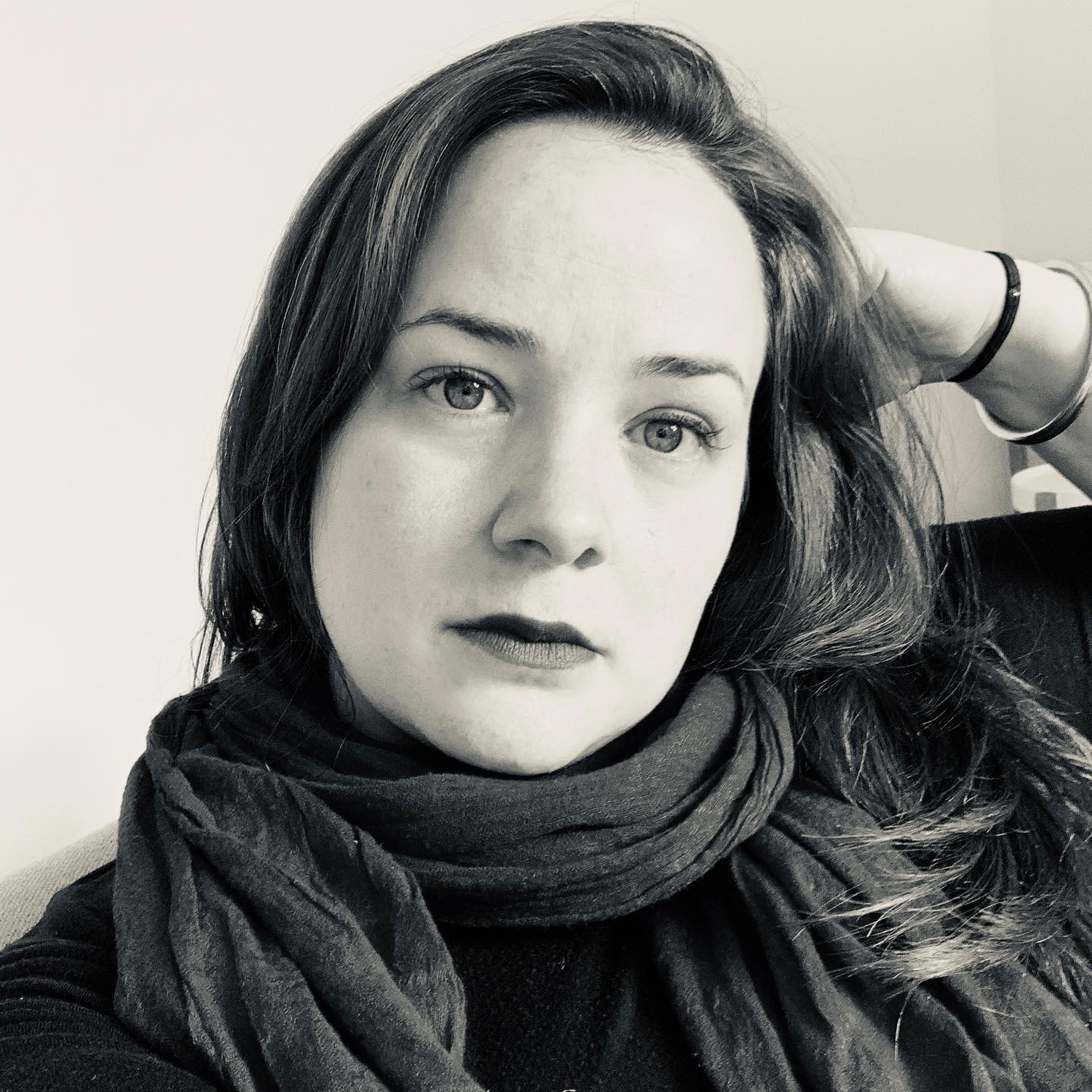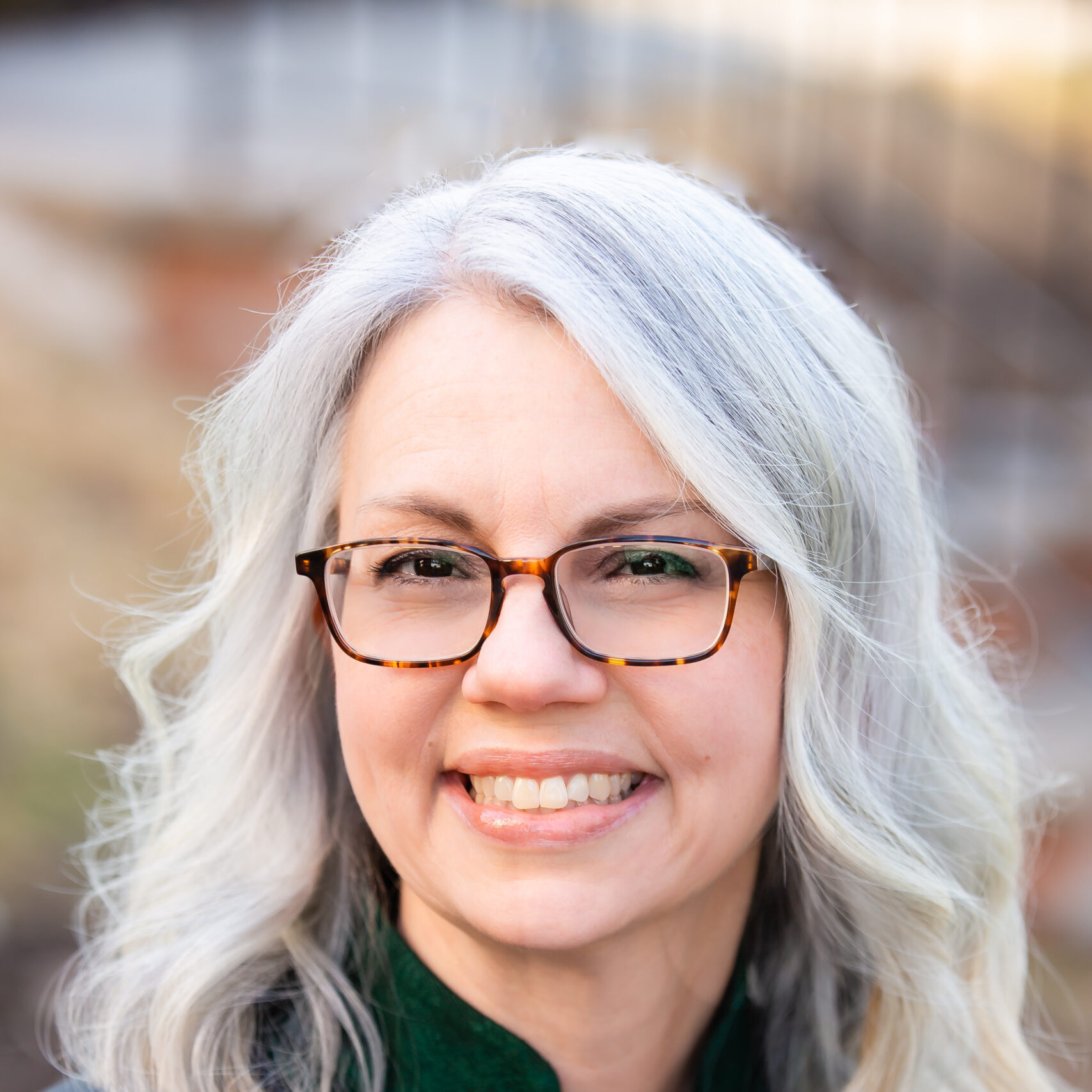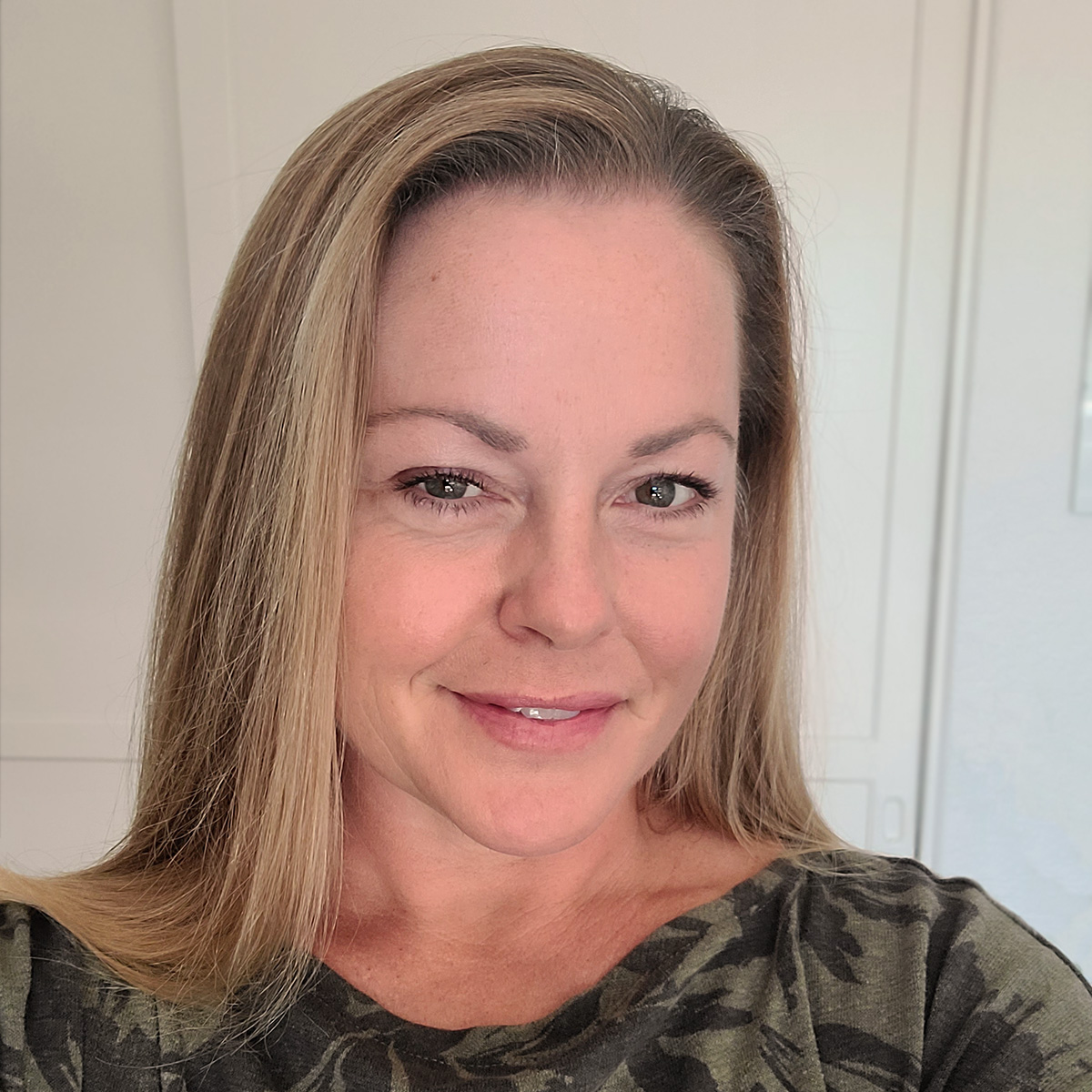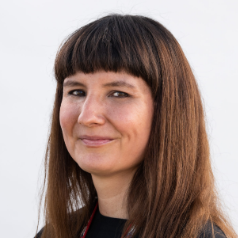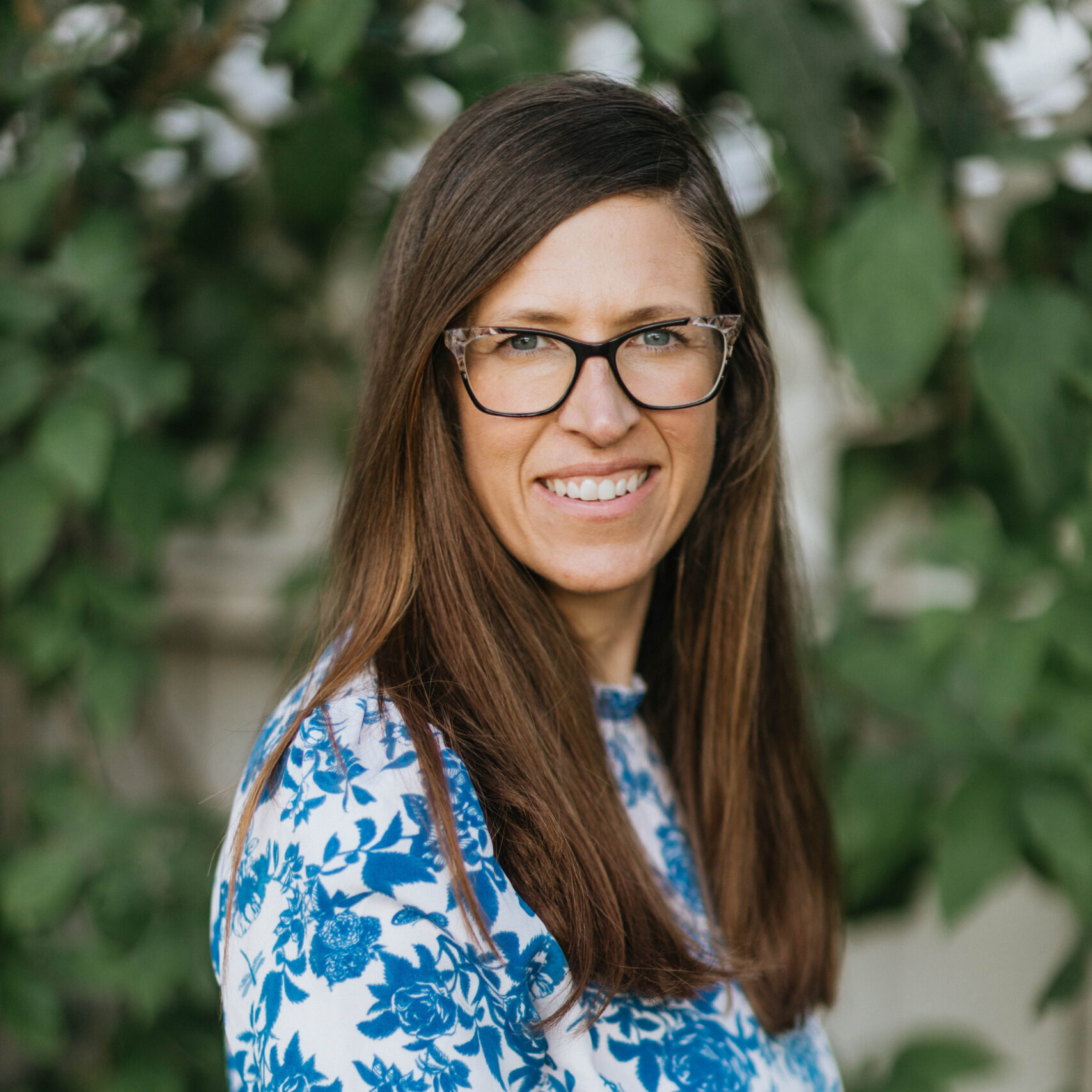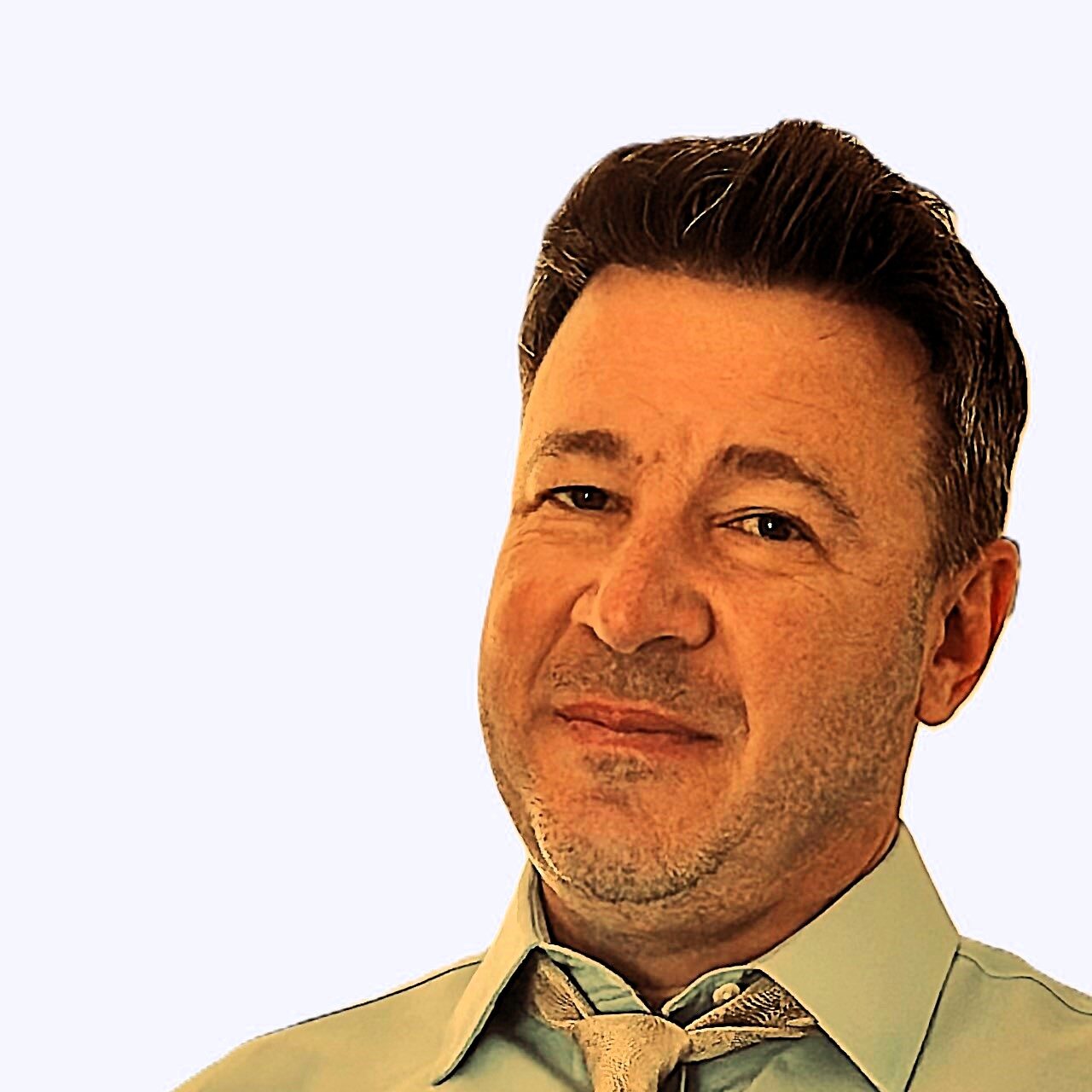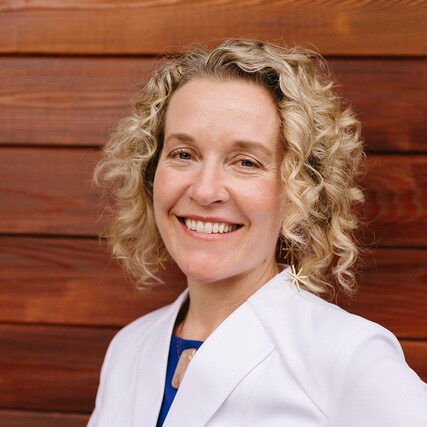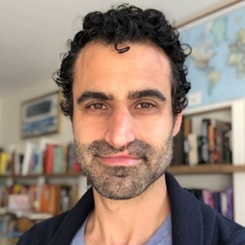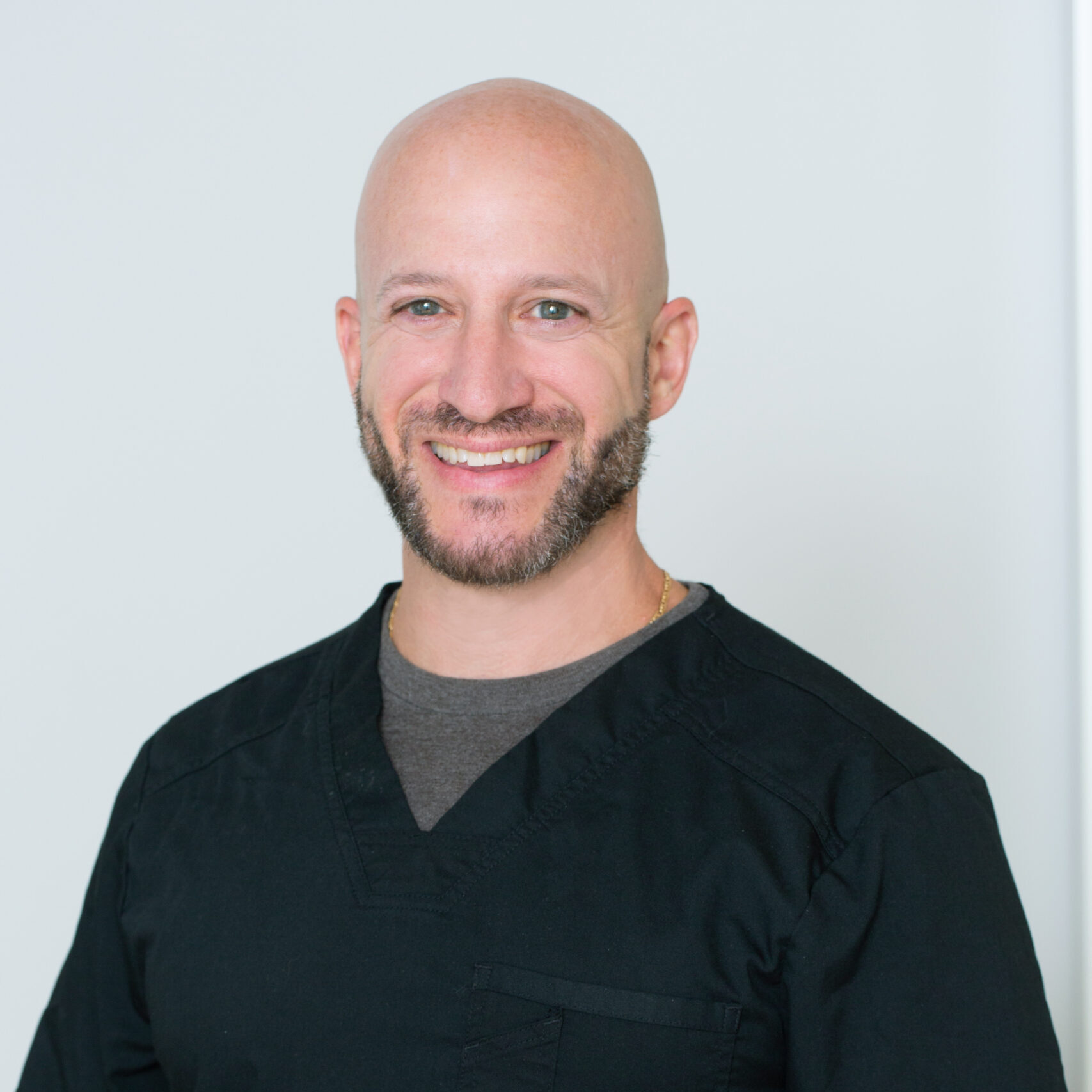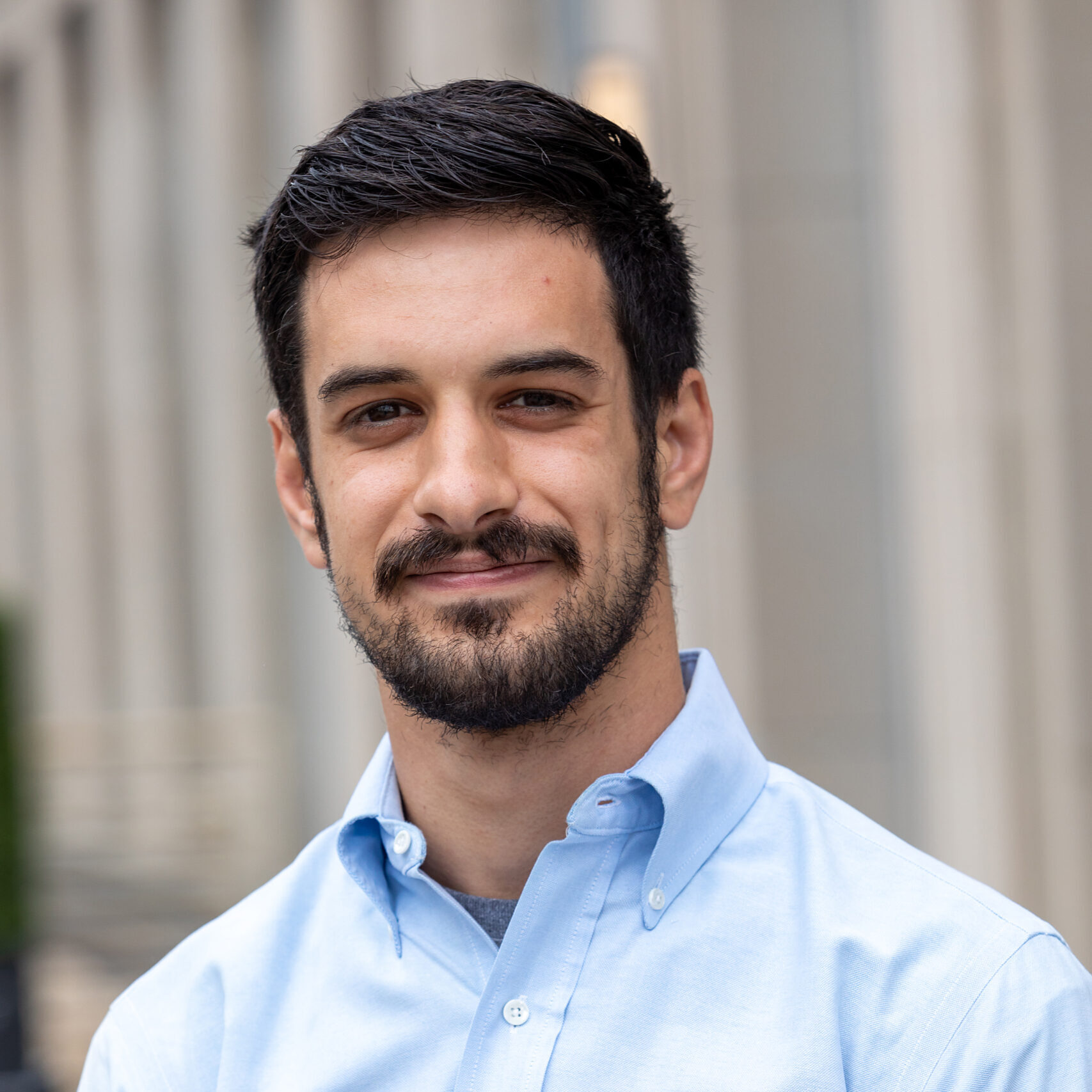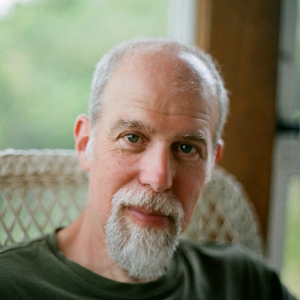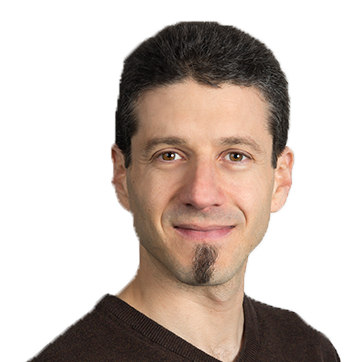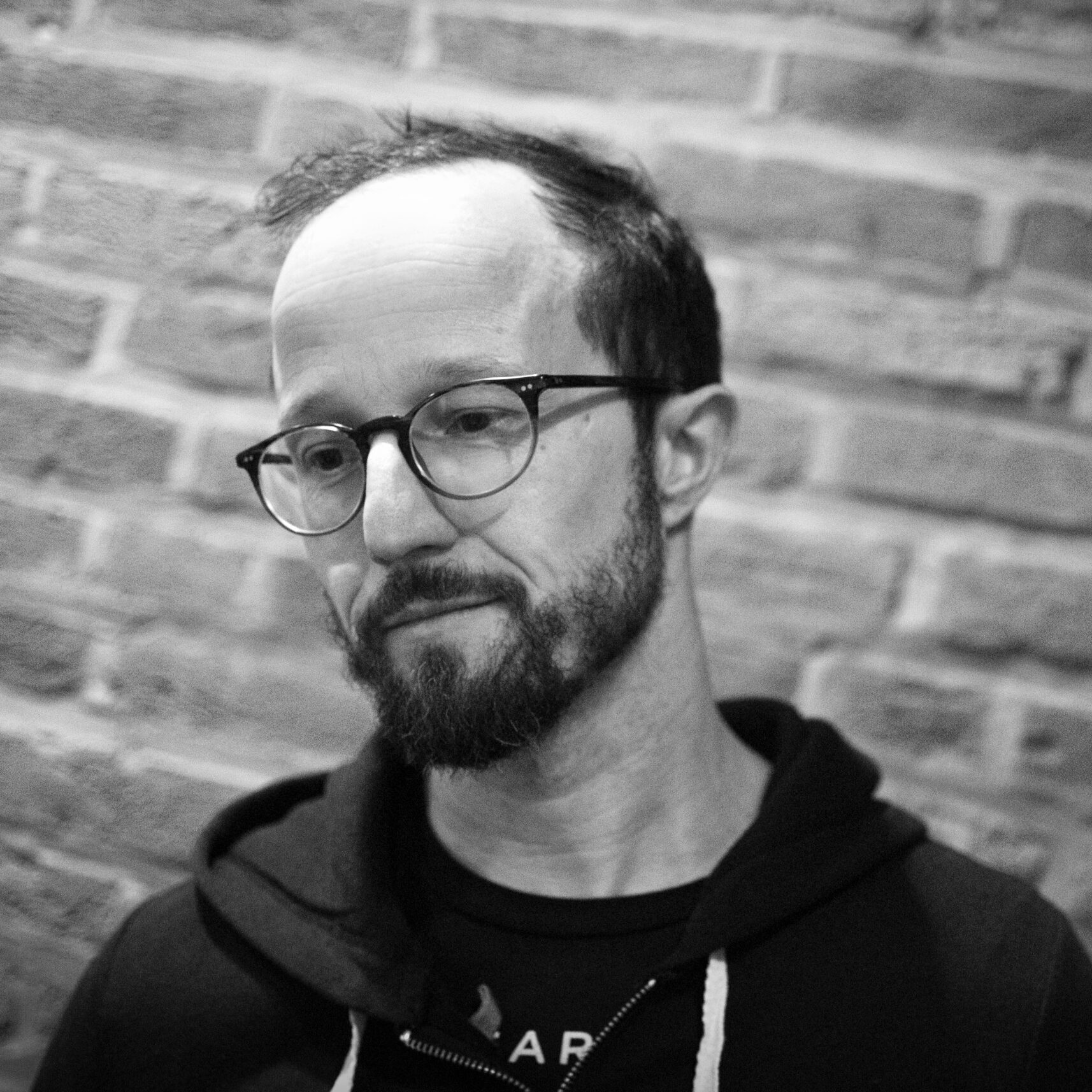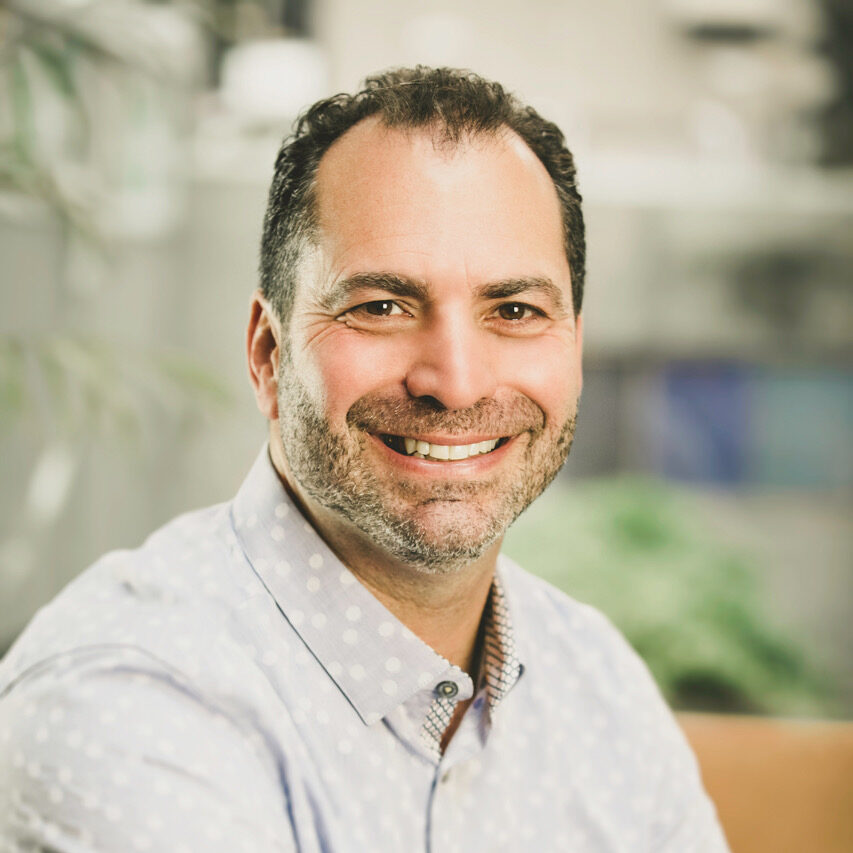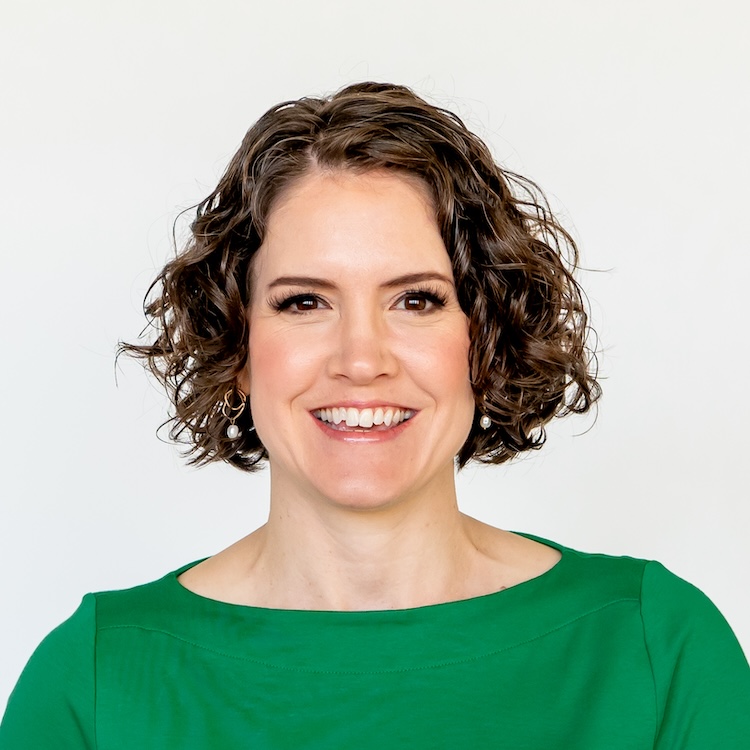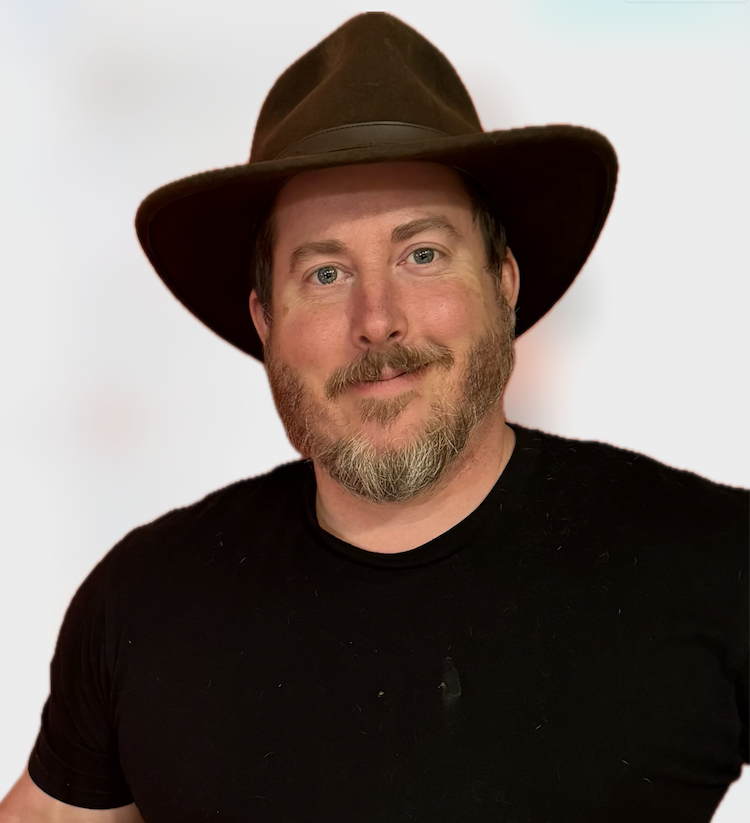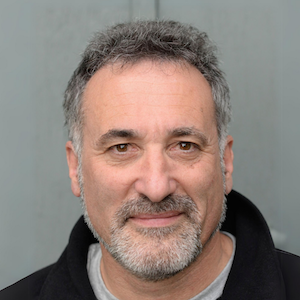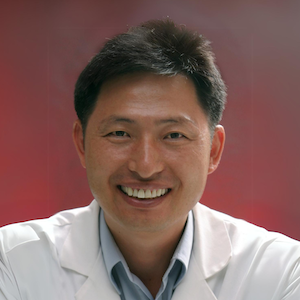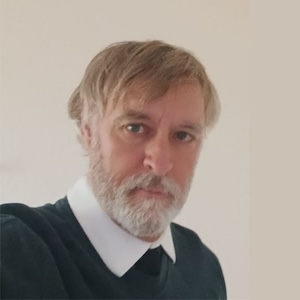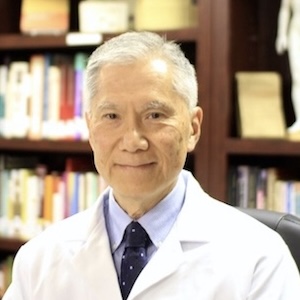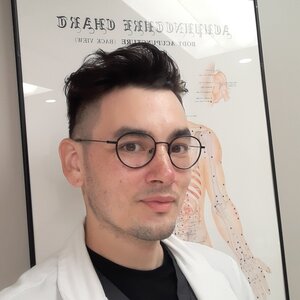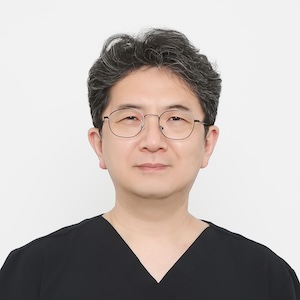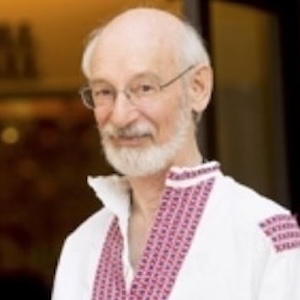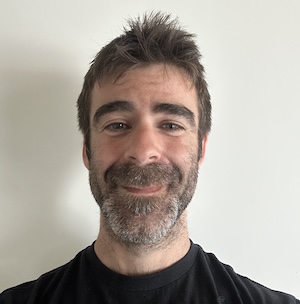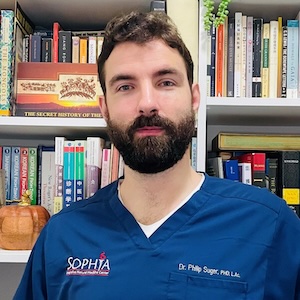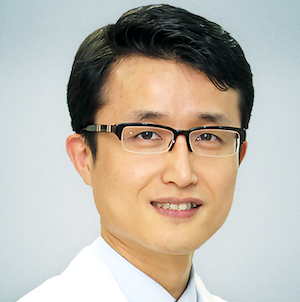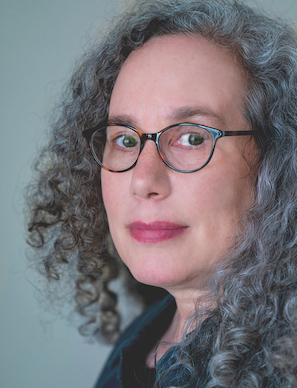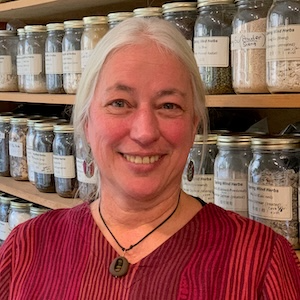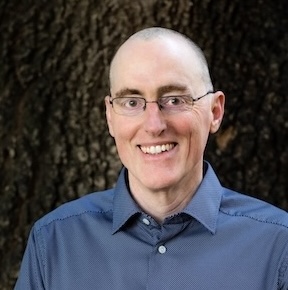The textbooks tell us that sinew channels are important in the treatment of pain and musculoskeletal issues and they are accessed through the jing-well points. But beyond that not much else is said.
In this conversation we investigate the channel sinews from both the Chinese medicine and western functional anatomy and physiological perspectives. This gives us a more nuanced look into how structure influences function and it further helps to illuminate channel theory and its profound impact on both organ function and channel based issues.
Listen in to this conversation on how the tensegrity of the sinews and fascia influence health, movement and wellbeing.
In This Conversation We Discuss:
- Tai chi and tendon changing exercises
- Building a palpatory vocabulary
- A look at patella tracking and what it can tell you about digestion
- The influences of the UB and SP on flat feet
- The importance of understanding anatomy
- Trajectory of the sinew channels and their relationship to organs and organ pathology
- Manual manipulation of the viscera and tendons
- Postural Assessment and trigger points
- Resources
The lateral quadriceps (vastus lateralis) forms a fascial continuity with the gluteus maximus, which has a fascial continuity with the thoracolumbar fascia (TLF), a major fascial structure of the low back. Tension along this myofascial plane, considered a branch of the Stomach channel sinews, can contribute to tension in the TLF and to low back pain. ST 32 (futu), or even better, the vastus lateralis motor point (xinfutu which is located 1-2 cun lateral to ST 32) are excellent points to reduce tension at the TLF, especially when there is significant tension palpated in the vastus lateralis.
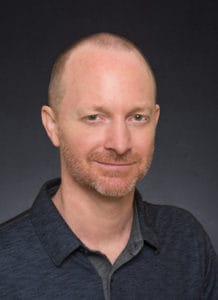
Dr. Brian Lau, AP, DOM, C. SMA
In 1998, at 28, I started studying taiji and qigong with the Taoist Tai Chi Society. I felt changes in my posture, increased movement and circulation, and a sense of more space and room in my body. Much of this was attributed to what we referred to as ‘tendon changing' – but these ‘tendons' were described as extending across vast regions of the body. Obviously, they were not tendons as described in the West. Curious, I became certified in structural integration (SI) in 2003 and undertook a deep study of fascia, a gateway to understanding the mysterious ‘tendons' discussed in my taiji and qigong practice. During this time, fascia research was blossoming; not only SI scholars but acupuncture researchers such as Helene Langevin were prominent in the growing modern awareness of the importance of this tissue. Fascinated, I earned my acupuncture degree and began practicing in 2011.
I got both more and less than I hoped for from TCM school. Hoping to build on my previous study, I instead was received into a deeper tradition, one richer than I anticipated, but which felt utterly alien to structural integration. How could two fields of study with so much in common be so different? To bridge the gap, I enrolled in Sports Medicine Acupuncture Certification and began studying with Matt Callison. I was asked to be on the faculty of this program in 2014 and am currently teaching with SMAC. Much of this work involves collaborating with Callison on building a model of the channel sinews (jingjin), based on SMAC’s ongoing cadaver studies, functional anatomy, fascial research and, of course, the descriptions in the Lingshu. This once-abandoned, long-overlooked avenue of Chinese medicine is overdue for rediscovery, and recovering and fully developing it has become my life’s work.
Links and Resources
Visit Brian's webpage
For more resources and to further engage Brian's work visit sinewchannels.com
Lot's of great posts over on the Sports Medicine Acupuncture blog
Books:
Motor Point Index: An Acupuncturist’s Guide to Locating and Treating Motor Points, by Matt Callison
Sports Medicine Acupuncture: An Integrated Approach Combining Sports Medicine and Traditional Chinese Medicine, by Matt Callison (soon to be released)
Join the discussion!
Leave a comment on Qiological's Facebook page.
